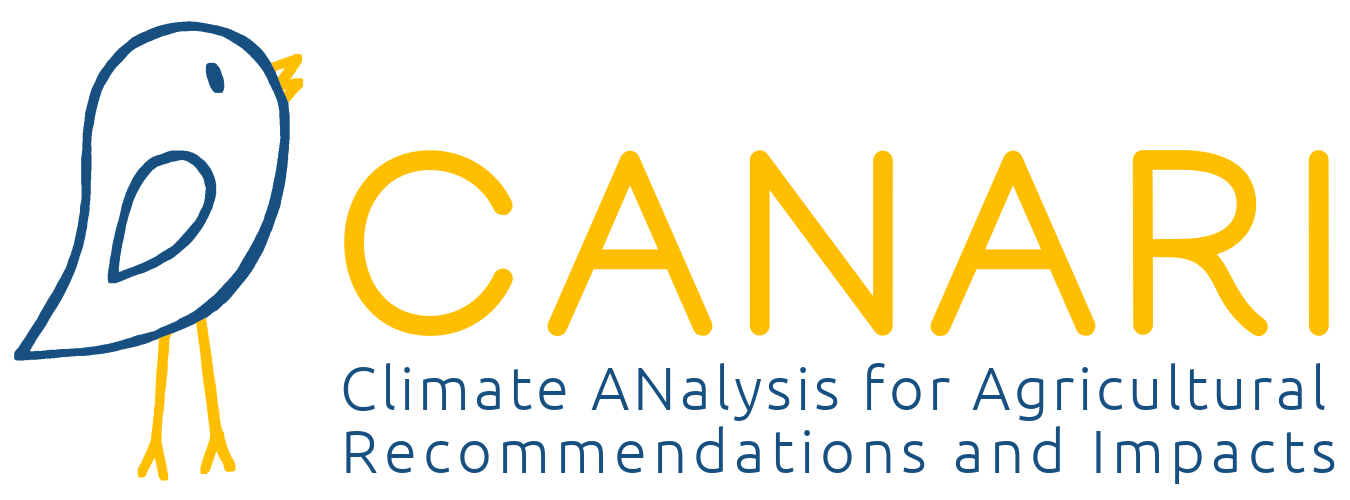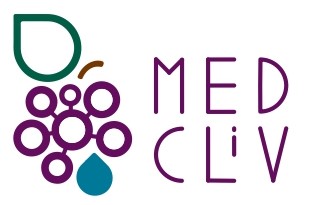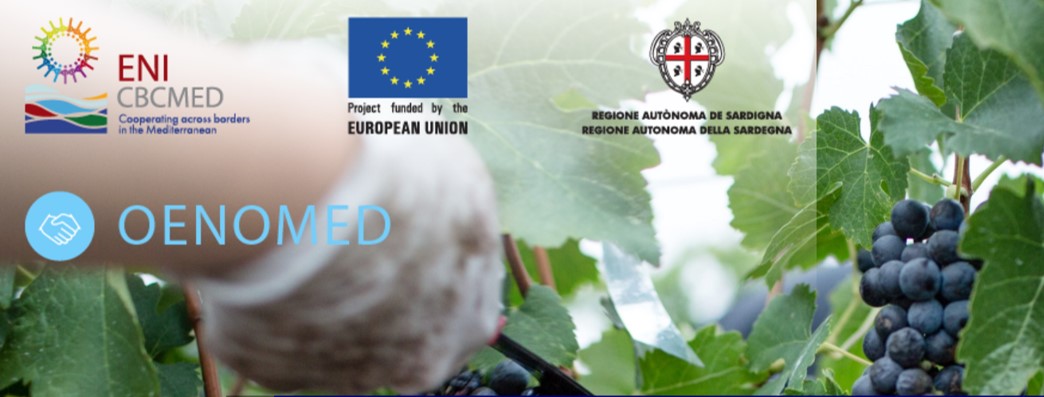Instruments for climate change mitigation and / or adaptation

Public policies can assist the sector in facing the climate change challenges.
There are different motivations to do so according the challenges:
- GHG emission reduction is a societal challenge as cost of emissions (climate change impact) is not supported directly by those who emit. Economists say the costs are not internalized: those who emit do not support the consequences and have no direct incentives to do so. As the reduction of social (total) cost of GHG emissions is a priority (e.g. Paris Agreement), states incentivize emitters to reduce their emissions to ensure countries reach their objective of carbon mitigation: the aim is that these incentives cover the abatement cost (mitigation cost of GHG emissions). As such the companies that have the lowest abatement costs have interest in engaging with the instrument and reduce their emissions. The challenge of properly dimensioning these instruments is important because of information asymmetries (the company knows their abatement cost but not the state).
- adaptation efforts at the farm or company level should yield positive effects on the company and, unlike the mitigation case, the owners should be willing to undertake some adaptation efforts with positive returns. However, cost of adaptation might be higher than expected benefits; also some might not be aware of the cost of climate change without adaptation or do not care or have no financial options to invest in adaptation. In all cases the costs and, particularly the benefits of adaptation might be uncertain as are the climate change impacts in the future. External incentives are thus required if adaptation efforts are to be largely adopted. The rational for public intervention is that the resilience of the sector is of public interest for economic but also landscape or patrimonial reasons and values.
These incentives might take different forms and types of instruments:
- Normative instruments such as emission quotas (e.g per hl wine or per ha)
- Economic instrument
- Subsidies (“carrots”)
- Taxes or fees (“stick”) e.g. carbon tax
- Market instruments
eg. Certificate of energy savings that winery can apply for
- Contracts or voluntary instruments
eg. Agro-environmental & climatic measures of the CAP
eg. set-aside volumes for wine producers (“volumes complémentaires individuels”
-
Other instruments:
e.g. nudging which is encouraging indirectly someone to adopt a behaviour by giving him evidence of someone else's actions
Less specific instruments such as farmers or estates individual or collective support can help the industry to adopt new practices, make the knowledge circulate, organize in situ experimentations etc.
Author: Nina Graveline
Please contact@vineas.net if you would like to contribute
Relations
- Network
- List
- Geolocation
- More
Face aux risques de sécheresse, à l’excès de précipitations ou au gel, les agriculteurs ont désormais gratuitement accès à CANARI : une application web open source de visualisation d'indicateurs agroclimatiques qui calcule instantanément des projections climatiques jusqu’à 2100.
- More
French National Research Institute for Agriculture and Environment- INRAE
First ranking research institute in agriculture in Europe, second worldwide agricultural science provider, the INRA conducts researches concerning major society stakes.
- More
MEDCLIV (Mediterranean Climate Vine & Wine Ecosystem)
The MEDCLIV project aims at experimenting participatory approaches to design and share co-constructed adaptation (and to some extent mitigation) pathways for the vine and wine value chain in Mediterranean territories. change





